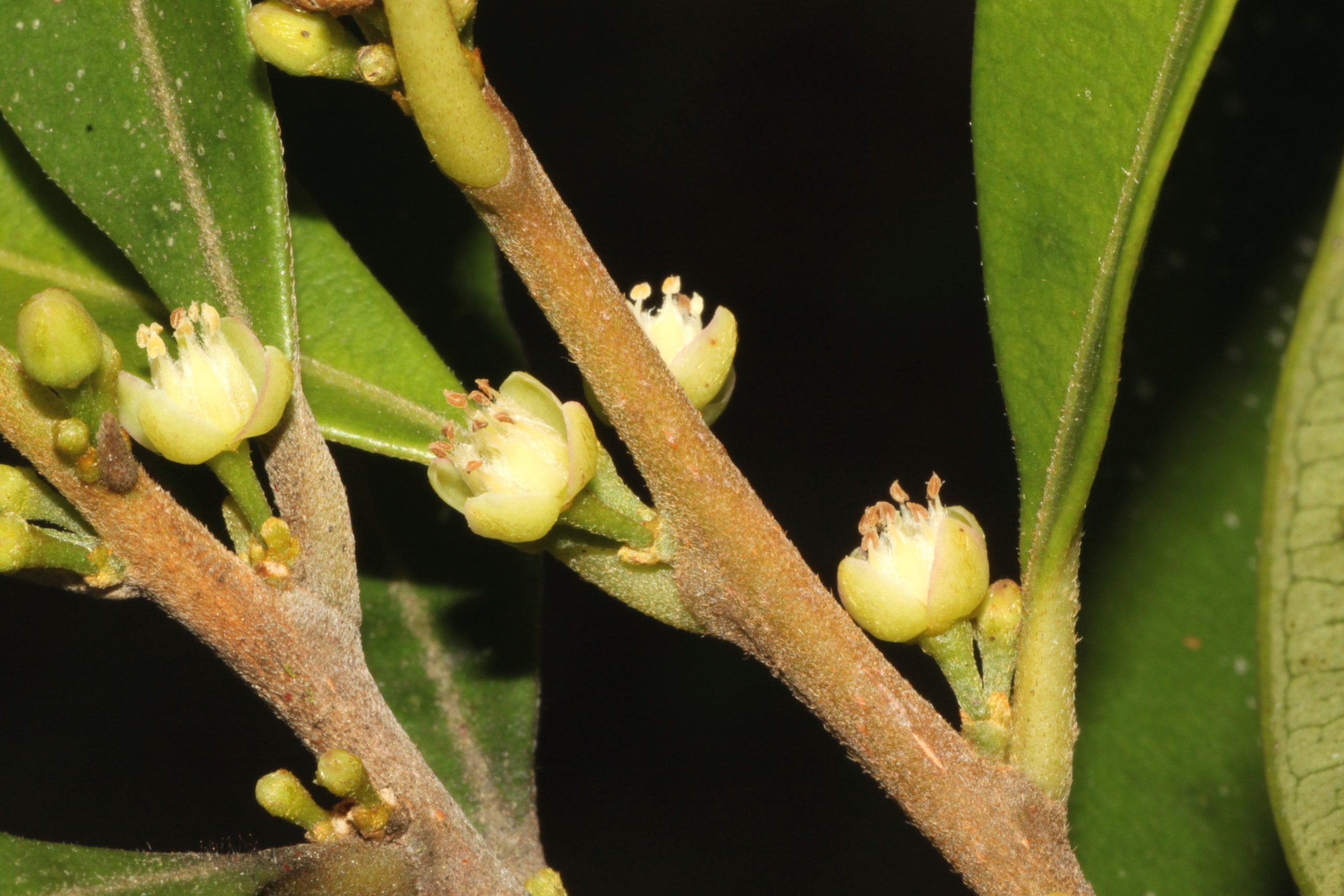Samadera Bidwillii
Quassia bidwilli
Conservation Status
Queensland State: Vulnerable
Australian Government: Vulnerable
Species and status overview
Endemic to Queensland, Samadera bidwillii is known to occur from Scawfell Island to north of Gympie and is confirmed to occur at approximately 40 sites.
S. bidwillii most commonly occurs in lowland rainforest with Hoop Pine (Araucaria cunninghamii) or rainforest margins but has also been found in eucalypt open-forest and woodland. Primarily occupying creeks and riverbanks, they are also found on ridgelines and disturbed areas such as roadsides and paddocks.
Identified threats include inappropriate fire regimes, soil erosion and habitat clearing as a result of a range of activities including agriculture, forestry, urban development and recreational activities. S. bidwillii may also be affected by the spread of Lantana (Lantana camara) and exotic grasses, including Guinea Grass (Panicum maximum) and Rhodes Grass (Chloris gayana). The establishment of these weed species is likely to be enhanced after fire.
Description
Flowering from November to March, S. bidwillii is a small shrub or tree that grows to about 6 m. It has red fruit and flowers and leaves are 5-18 cm long and 1-3.5 cm wide. Fruiting typically occurs from February to May.
S. bidwillii is haphazard in its seeding habits with only some plants producing viable seed each season.
Conservation concerns
Threats include
- Soil erosion and habitat clearing for agriculture, forestry, urban development and recreational activities
- Potentially inappropriate fire regimes
- The spread of weed and exotic species such as Lantana, Guinea Grass, and Rhodes Grass
What can I do?
- Manage and prevent the establishment of weeds such as Lantana in areas of known populations
- Maintain fire regimes suitable for the habitat in which this species occurs Refer to: The Clarke Connors Range Fire Management Guidelines
More Information
Photo credit Glenn Leiper
